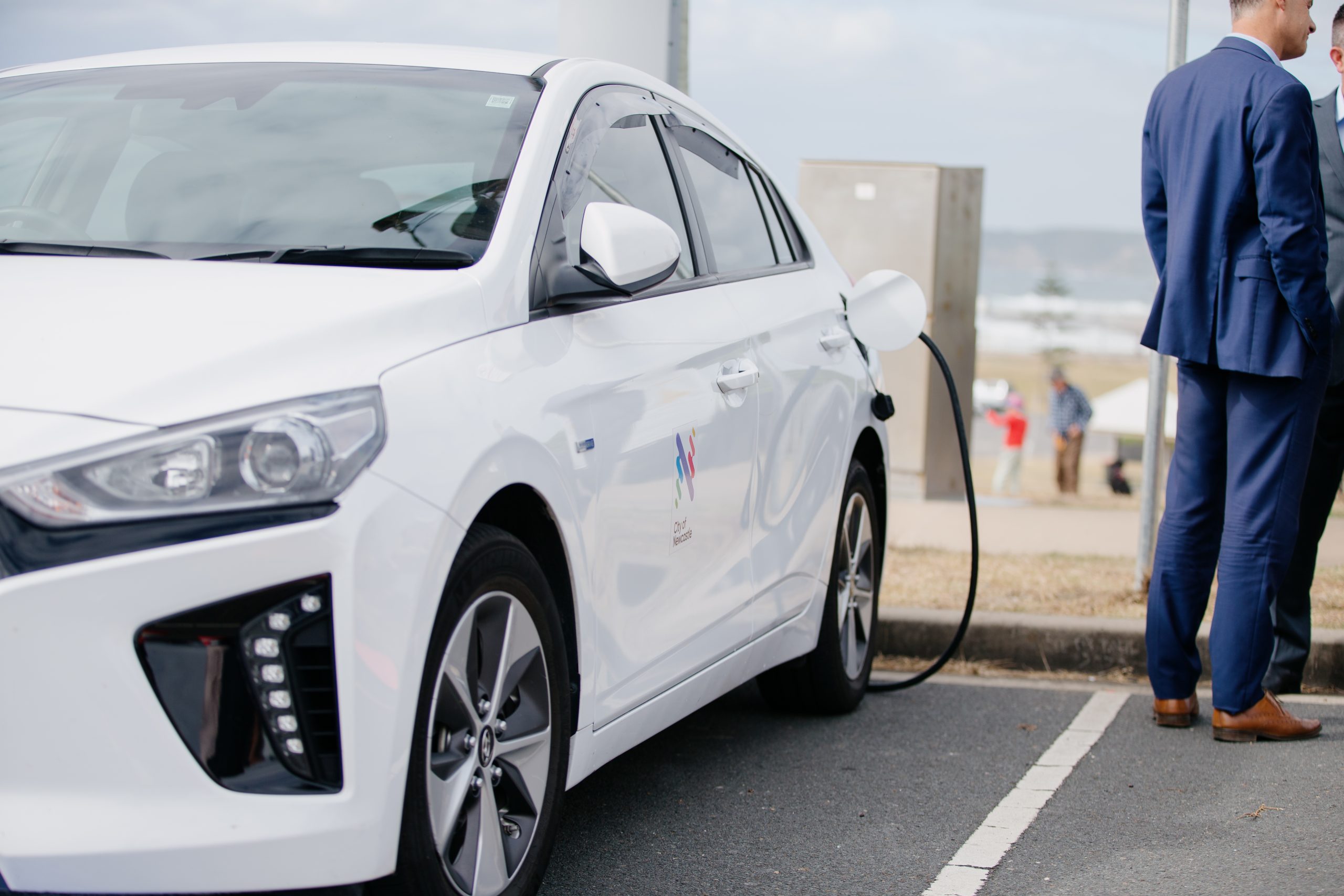There are a lot of misconceptions about electric vehicles, from charging to capability. In this article, we’ll be looking at commonly held misbeliefs about EVs and laying out the facts.
Myth 1: Electric vehicles have a higher carbon footprint than petrol cars.
While EVs still have a carbon footprint from both power plant emissions and manufacturing, the truth is that EV still typically have a lower carbon footprint than petrol-powered vehicles.
First, even with the electricity used for charging, EVs carbon footprint is lower overall than petrol cars. Despite EVs having no tailpipe emissions, there may still be carbon pollution depending on where and how you charge your EV. This is subject to where the local power is generated from, i.e. coal, natural gas, wind, or solar sources. While coal and natural gas emit carbon pollution, we rely on 100% renewable energy for our charging solutions.
Second, greenhouse gas emissions from manufacturing are still lower in EVs over the course of their lifetimes when compared to typical petrol vehicles. On one hand, manufacturing requirements for an EV may result in more carbon pollution than traditional petrol vehicles, these numbers do not always reflect the lifetime emissions associated with an EV, which should include manufacturing, charging, and driving. Looking at the full picture, EVs typically have lower greenhouse gas emissions overall, despite having somewhat higher emissions than petrol-powered vehicles during manufacturing and end-of-life.
Myth 2: Electric vehicles have poor driving range.
As with any vehicle, the range of the EV will depend on its size, battery capacity, and the manner in which it is driven. Weather can also make a difference to how far your electric vehicle can be driven, as more energy will be used to heat or cool the battery.
Typically, electric vehicles are capable of a 400km range, and as battery quality and capacity continues to improve, EVs will be able to travel even further distances. Some EVs are even said to reach a range of 500km or more.
Myth 3: Buying an electric vehicle is too expensive.
Many believe that you can’t buy an EV for less than $50,000, but there is a cheaper model on the market: the MG ZS EV Excite, starting at $44,990. With the continued development of electric vehicles, we will no doubt continue to see price drops on EVs. On top of this, Good Car Company will import up to 2,000 second-hand EVs a year thanks to their $10 million in funds to boost EV ownership.
Not to mention, both the federal government and state governments have plans to make EVs more affordable through a number of methods, including rebates, stamp duty exemptions, and more. You can learn more in our blog on the matter: Australia’s Plan to Make EVs More Affordable.
Myth 4: Electric vehicles take too long to charge.
Charge time can vary depending upon a number of factors, but DC (fast) charging at a service station can be as quick as 30 minutes.
EV model, current charge level, weather, and whether you are DC (fast) or AC (slow) charging can all affect how long it takes to charge your EV. When you are out and about, most people will simply need to top up, which is where EV’s utilise fast charging, which will typically charge most modern EVs up to 80% before switching to slow charging to prolong lifetime battery life. To get to a full charge after reaching the majority battery charge, it can take up to an hour or more. Most slow charging occurs overnight at home or where one parks overnight.
Learn more about the differences in DC and AC charging via our blog: Slow Vs. Fast Charging: What Are the Differences?
Myth 5: It is difficult to charge without a private garage.
With our new, revolutionary EVX Polecharger and charging solutions by Connected Kerb, on-street charging has never been simpler or more accessible.
While Savvy has reported that there are “just over 3,000 EV public charging points (2531 standard AC, 470 supercharge DC) to cover 7.692 million square kilometres,” we’re working with local governments and power providers to expand this network with mass rollouts that will make EV ownership and charging more accessible to every Australian.
To speed along the process, Ausgrid also plans to install up to 30,000 new charging stations by the end of the decade. Read more in the Newcastle Herald to discover how this will make charging simpler for Aussies across the country.
Please see our solutions page or contact us here if you want to hear more about EVX’s Polecharger charging solutions for EV owners.

